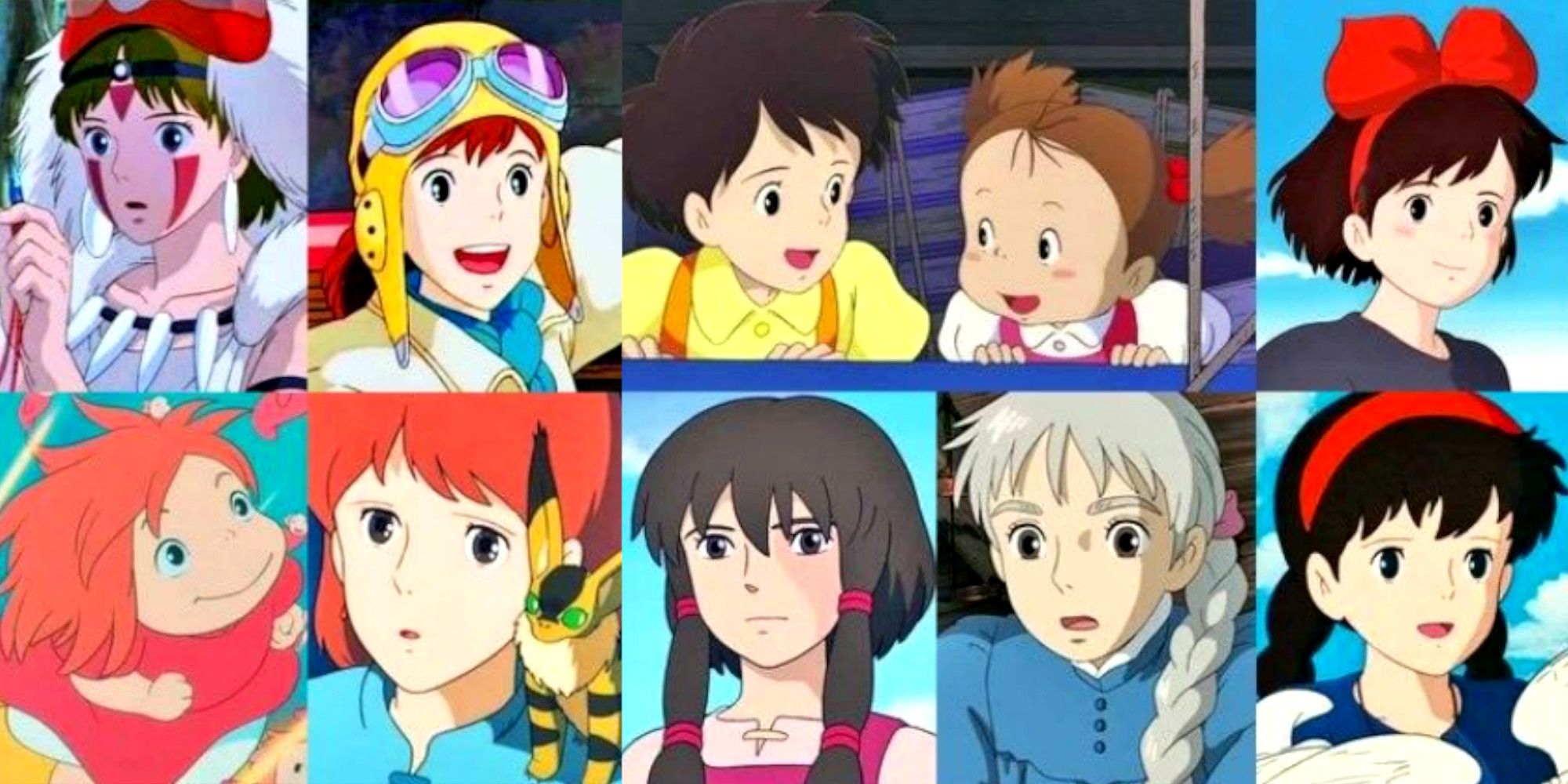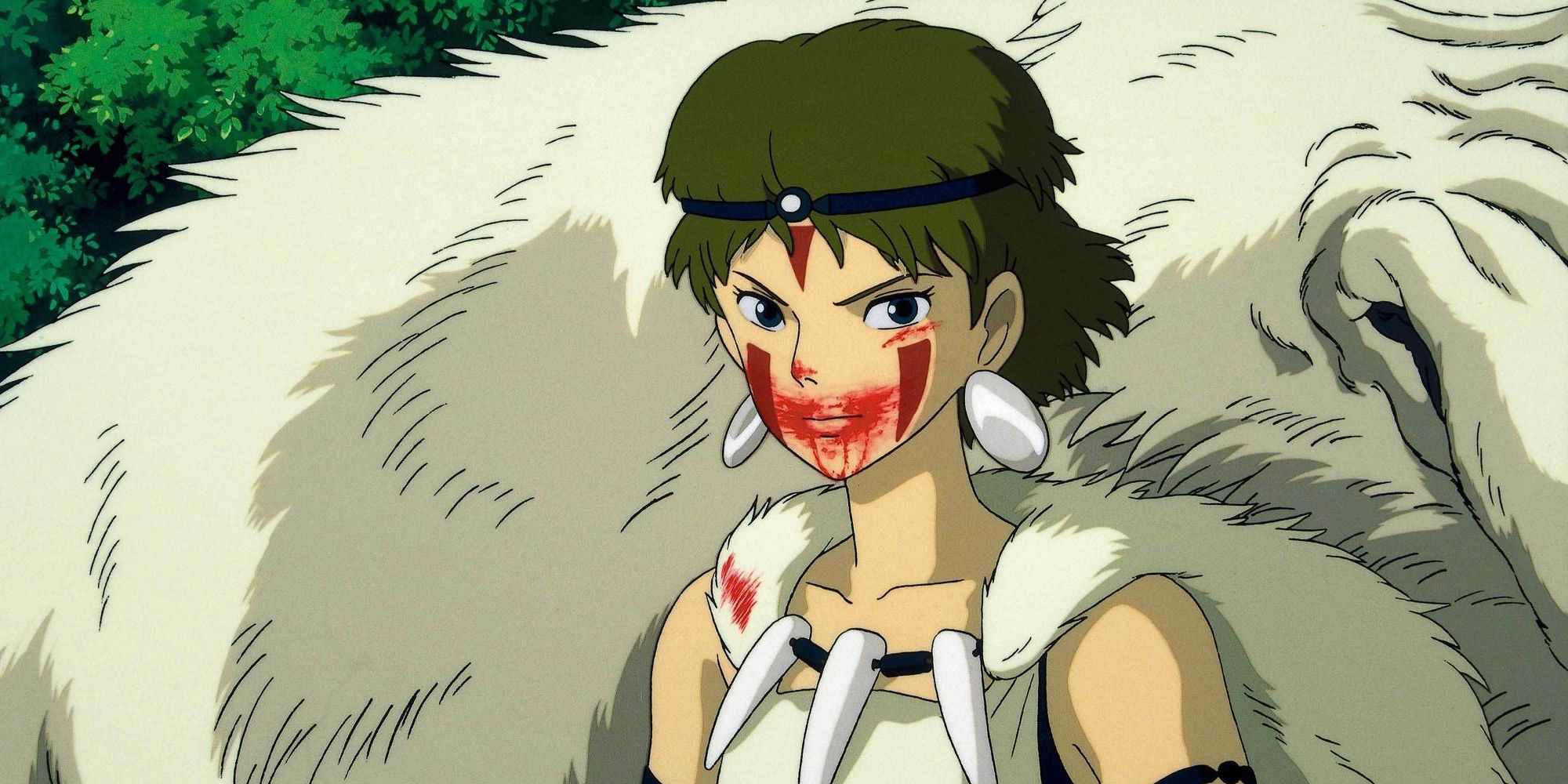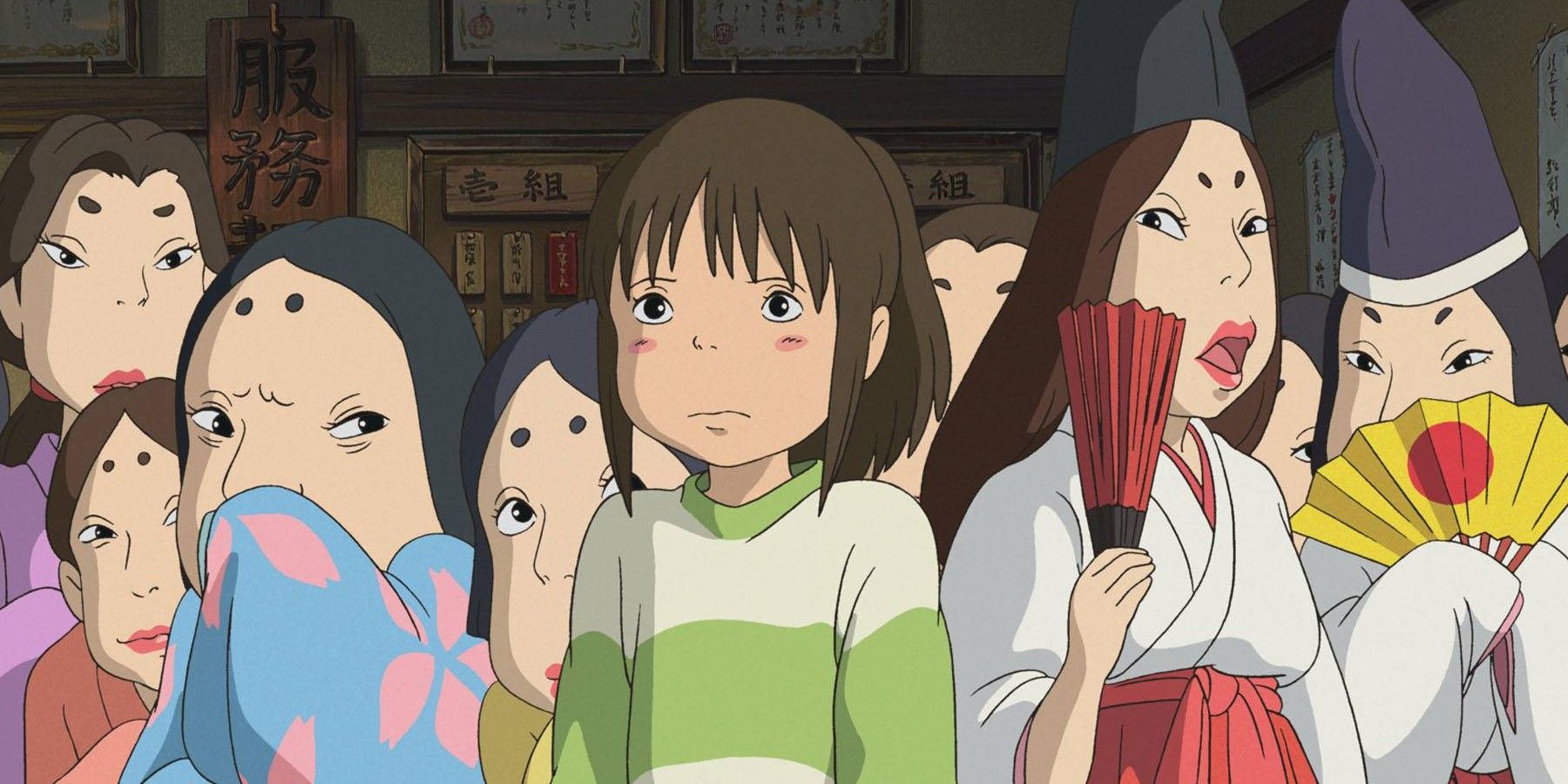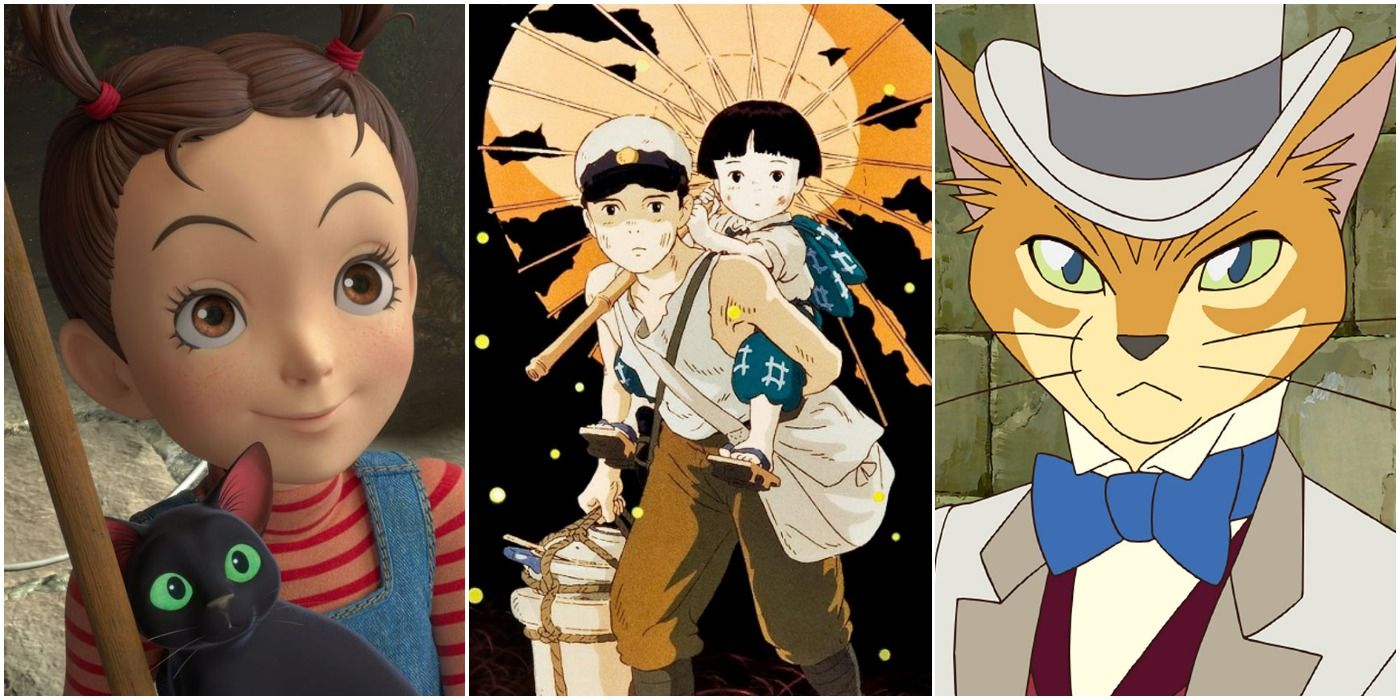Back in 1996 when Walt Disney Pictures signed a deal with Studio Ghibli to distribute their films in America (and other countries in the world), they did the animation community a great service by finally making many of these classic films available to people who had never had the chance to see them (or had even heard of them).
With high quality dubs, an Oscar win, and animators always willing to promote the films, it seemed like a match made in heaven. However, one year it was announced that Disney would no longer be the distribution partner of Studio Ghibli’s films, and that a new distribution partner would in the picture. Why did the Disney/Ghibli deal fail to get renewed?
What was Disney’s Deal with Studio Ghibli?
Walt Disney's contract with Studio Ghibli was primarily focused on the distribution of Ghibli's films in North America. In 1996, Disney struck a deal with Studio Ghibli to distribute their films in the United States and Canada. The agreement also gave Disney the rights to release Ghibli's films in these territories (including home video rights in their native country Japan), both theatrically and on home video, as well as handle the dubbing and subtitling of such films.
Under the terms of the contract, Disney agreed to release several of Studio Ghibli's films, including (but not limited to) Princess Mononoke, Kiki’s Delivery Service, Only Yesterday (which they ultimately never released), My Neighbor Totoro, and Spirited Away (which famously went on to win the Academy Award for Best Animated Feature in 2003). Disney also films they released into dubbed English format, using well-known actors such as Billy Crystal, Christian Bale, and Liam Neeson to voice the characters (with Pixar veterans John Lasseter and Pete Doctor producing many of them).
Terms to Stick to
There were some major terms that had to be met before the deal could go through. First off, Disney wanted access to all the films (not just a few of them). Secondly, Disney had to agree to a ‘no cuts’ policy. Hayao Miyazaki famously blocked many of his films from being dubbed into English after viewing a disastrous dub of Nausicaa: Valley of the Wind. The film had twenty minutes of cut footage, name changes, and the film was re-titled to Warriors of the Wind and sold as some Star Wars clone. Miyazaki was not impressed with the final results and denied other companies from dubbing his films since they didn’t want to adhere to his strict standards.
Disney DID agree though, and as such, permission was finally granted! This wasn’t without its own problems: Kiki’s Delivery Service replaced some Japanese songs with American songs and Harvey Weinstein famously wanted to edit Princess Mononoke into a PG-rated family film. However, after the initial problems were ironed out, many fans agreed that the dubs were accurate translations of these films, and Miyazaki largely approved of the work Disney had done on their films (so much so that he even extended the contract to include The Wind Rises later on down the road).
Was the Deal Successful?
There is some debate on whether or not the partnership was a successful one. On one hand, Ghibli's films gained a wider audience in North America and Disney expanded their portfolio of high-quality animated features. However, Disney never treated the films as “important” as they did their own homegrown films and Pixar movies. While Spirited Away did ultimately win the Oscar, Disney put all their marketing power behind Lilo & Stitch. Before Spirited Away won the Oscar their (at the time) chairman Dick Cook claimed that if Spirited Away won, the DVD release would be pushed back and a bigger marketing push for the theatrical release would materialize (after it won Cook claimed that the movie would be released on DVD “as scheduled” instead).
What’s more, Disney didn’t sell these movies at The Disney Store because they “weren’t theatrical films” (despite also selling many of their DTV features in these stores). Speaking of theatrical, after Princess Mononoke was a failure, Disney rarely released Ghibli films in theaters, with their biggest releases coming years later with Ponyo and The Secret World of Arrietty. It was this “second class” treatment of the company that provided an opportunity for a competitor to swoop in and make a new deal.
Why Did a Contract Renewal Not Happen?
Although Disney did offer to renew their overall contract with Studio Ghibli, another company came into the picture. GKIDS is a company that specializes in the distribution of international and arthouse animation (and despite what their name implies, does NOT specialize in family movies). GKIDS came in with an offer that not only did they want to distribute all the previous films with new special edition BluRay’s, but that they would not shy away from the importance of these films. That they would keep them in the eye of Americans and display them front and center. When Disney refused to commit to treating the Ghibli catalog just as equally they did their own homemade films, Ghibli signed with GKIDS.
So what was GKIDS offering them besides new BluRays? Well, it was something simple yet bold: Studio Ghibli Fest! Studio Ghibli Fest has been a yearly theatrical event with Fathom Events, in which a selection of Ghibli films and documentaries are shown in theaters. While originally, they focused on Miyazaki films, eventually other films from the studio were included. GKIDS even released their TV drama Ocean Waves in American cinemas (something even Ghibli themselves didn’t do)! Later this month, GKIDS will even distribute Spirited Away: Live on Stage in US theaters (something Disney was unlikely to ever do).
Although it may be easy to point to GKIDS distribution of the documentaries as a swaying point for switching from Disney to GKIDS (and it very well might be), the real thing GKIDS was offering was their commitment to theatrical distribution. As Hayao Miyazaki once claimed:
I think watching films in a theater is an important communal experience. When people watch films together in a theater, they laugh and cry together. That's something you can't get from watching them at home. I think the decline of movie theaters is a very sad thing.
Stugio Ghibli co-founder Isao Takahata had this to say about theatrical:
I believe that films are meant to be watched in theaters. That's where you can really feel the power of the medium. It's a kind of ceremony, a sacred experience.
And producer Toshio Suzuki said:
The atmosphere of the cinema is important – you feel the reactions of other people around you, and you laugh and cry together. It's a collective experience. I don't think that the experience of watching a Miyazaki film is complete without the cinema.
It should be noted that all three men were concerned with digital distribution, feeling that it diminished the importance of their work. When you read those quotes and see how big Studio Ghibli Fest now is, what GKIDS offered that Disney wasn’t was their commitment to put the Ghibli catalog in theaters and remind people that that’s where they need to be seen! GKIDS has been so successful that they’ve managed to sell these movies on disc a few times AND convinced those people who own the discs to still make the trip to movie theaters to re-experience the films with audiences! That is something Disney was never going to commit to, and is the most likely reason Ghibli didn’t renew their contract with them.
We should end this on a positive note though: Studio Ghibli and Disney DID team up to make a Star Wars short featuring Grogu (AKA: Baby Yoda), which is currently exclusive to Disney+, so they are still working to together in some capacity!





